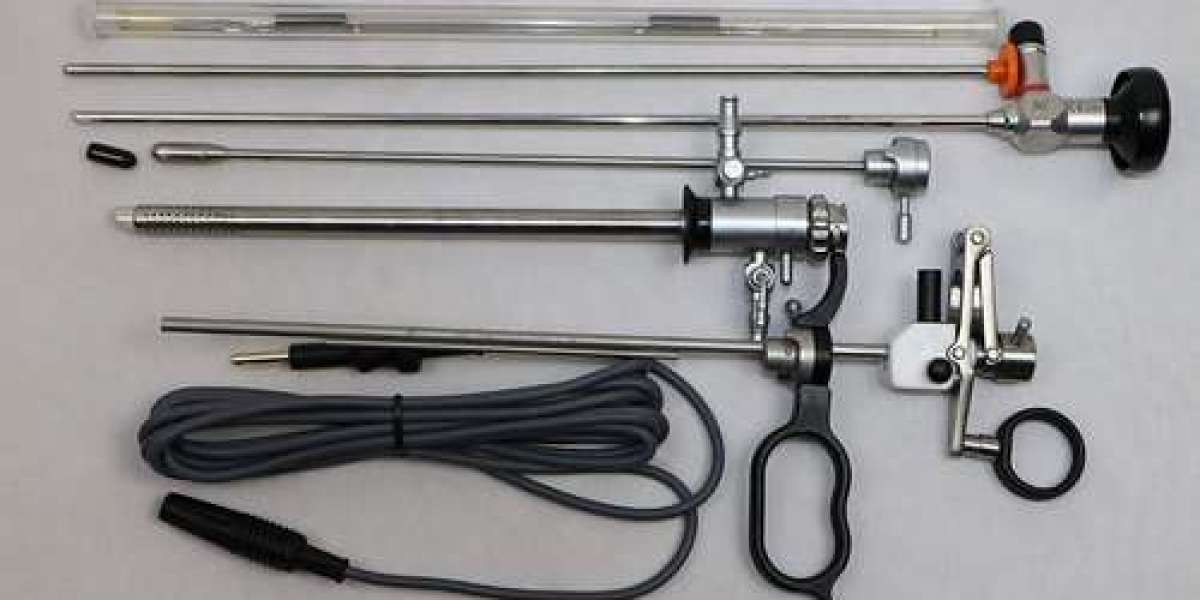The Isuzu 4JJ1 engine is a 3.0-liter common rail diesel powerhouse found in a vast array of excavators, loaders, and commercial trucks. Known for its durability and efficiency, this engine relies on a sophisticated Denso fuel injection system to deliver precise power. However, high-mileage or high-hour units are susceptible to a specific failure mode known as injector "dribbling" or leaking. This is not merely a performance issue; it is a critical failure that causes fuel to contaminate the engine crankcase. This phenomenon, known as oil dilution, effectively destroys the engine's lubrication properties and can lead to total engine seizure if not detected early. This article provides an expert analysis of the symptoms of dribbling injectors and the diagnostic steps required to save your Isuzu 4JJ1 engine.
Understanding the "Dribbling" Phenomenon
In a healthy Isuzu common rail system, the injector nozzle needle lifts to spray fuel at immense pressure (often exceeding 180 MPa) into the combustion chamber and then snaps shut instantly to cut off the flow. This creates a fine mist that burns completely.
A "dribbling" injector fails to seal completely at the nozzle tip after the injection event. Instead of a clean cut-off, liquid fuel continues to drip or leak into the cylinder. This can happen due to:
Carbon Buildup: Deposits on the nozzle tip prevent the needle from seating fully.
Internal Wear: Erosion of the needle or seat due to microscopic abrasive particles in the fuel.
Spring Fatigue: The internal spring loses the tension required to snap the needle shut against the high rail pressure.
The Mechanism of Oil Dilution
The primary danger of a dribbling injector is not just poor combustion; it is where that unburned fuel goes.
Cylinder Wash: The liquid fuel sprays onto the cylinder walls, washing away the protective film of engine oil. This causes accelerated wear on the piston rings and cylinder liner (scuffing).
Crankcase Contamination: The unburned fuel leaks past the piston rings and drains down into the oil pan (crankcase).
Viscosity Breakdown: Diesel fuel is a solvent, not a lubricant. As it mixes with the engine oil, it drastically lowers the oil's viscosity. The oil becomes too thin to maintain the hydrodynamic wedge needed to protect the crankshaft bearings and connecting rods.
Chemical Attack: The diluted mixture becomes acidic and loses its ability to protect against corrosion.
Diagnostic Signs of Injector Failure
Early detection is the only way to prevent bearing failure. Operators and mechanics should watch for these specific signs on the 4JJ1 engine.
Rising Oil Level: This is the most definitive sign. If the oil level on the dipstick increases between service intervals, it is physically impossible for the engine to "make oil." This volume increase is almost certainly diesel fuel diluting the sump.
Smell of Diesel in Oil: When checking the dipstick, the oil will have a strong, distinct smell of raw diesel fuel rather than the smell of burnt oil.
White or Grey Smoke at Idle: Dribbling fuel does not burn correctly. It vaporizes in the hot cylinder and exits the exhaust as acrid white or grey smoke, especially noticeable when the engine is cold or idling.
Injector Knock: A dripping injector can cause pre-ignition, resulting in a sharp, metallic clatter or knock that sounds different from standard diesel combustion noise.
Diagnostic Procedures for Isuzu 4JJ1
To confirm which injector is at fault, a systematic approach is required.
1. The Paper Test (Preliminary Check)
Remove the dipstick and let a drop of oil fall onto a piece of paper towel. If a large, clear halo forms quickly around the dark center drop, fuel dilution is present.
2. Cylinder Balance Diagnosis
Using a diagnostic scan tool compatible with Isuzu systems, monitor the "Injector Correction Values" or "Balance Rates" while the engine is idling. The ECU measures the contribution of each cylinder.
A healthy injector will have a value near 0.0.
If a cylinder shows a high negative value (e.g., -3.0 mm³/st), the ECU is subtracting fuel from that cylinder because it detects it is producing too much power (likely due to leaking/dribbling fuel). This identifies the suspect injector.
3. Return Flow (Leak-Off) Test
While primarily used to test for internal back-leakage, a leak-off test can sometimes highlight a mechanical failure. Excessive return flow indicates internal valve wear, while very low return flow combined with smoke can indicate a nozzle stuck open.
4. Professional Bench Testing
The only way to verify the spray pattern and dribble condition with 100% certainty is to remove the injectors and test them on a professional calibration bench. This test checks the nozzle seat tightness and spray geometry under full operating pressure.
Repair and Parts Selection
If an injector is confirmed to be dribbling, it must be replaced immediately.
Injector Coding: The Isuzu 4JJ1 uses Denso injectors that have specific compensation codes (QR codes or alphanumeric strings) printed on them. When installing a new injector, this code must be programmed into the engine ECU. Failure to code the injector will result in rough running and potential damage.
Avoid "Reman" Risks: Poorly remanufactured injectors often fail to address nozzle seat wear, leading to a recurrence of dribbling within a short time.
Genuine Quality: Using genuine Isuzu or Denso injectors ensures the correct solenoid response time and nozzle precision required to prevent future dilution issues.
Our company Aspect Plus supplies genuine fuel injectors and engine components for Isuzu 4JJ1 engines, ensuring you have the correct parts to restore your engine's safety and performance.








